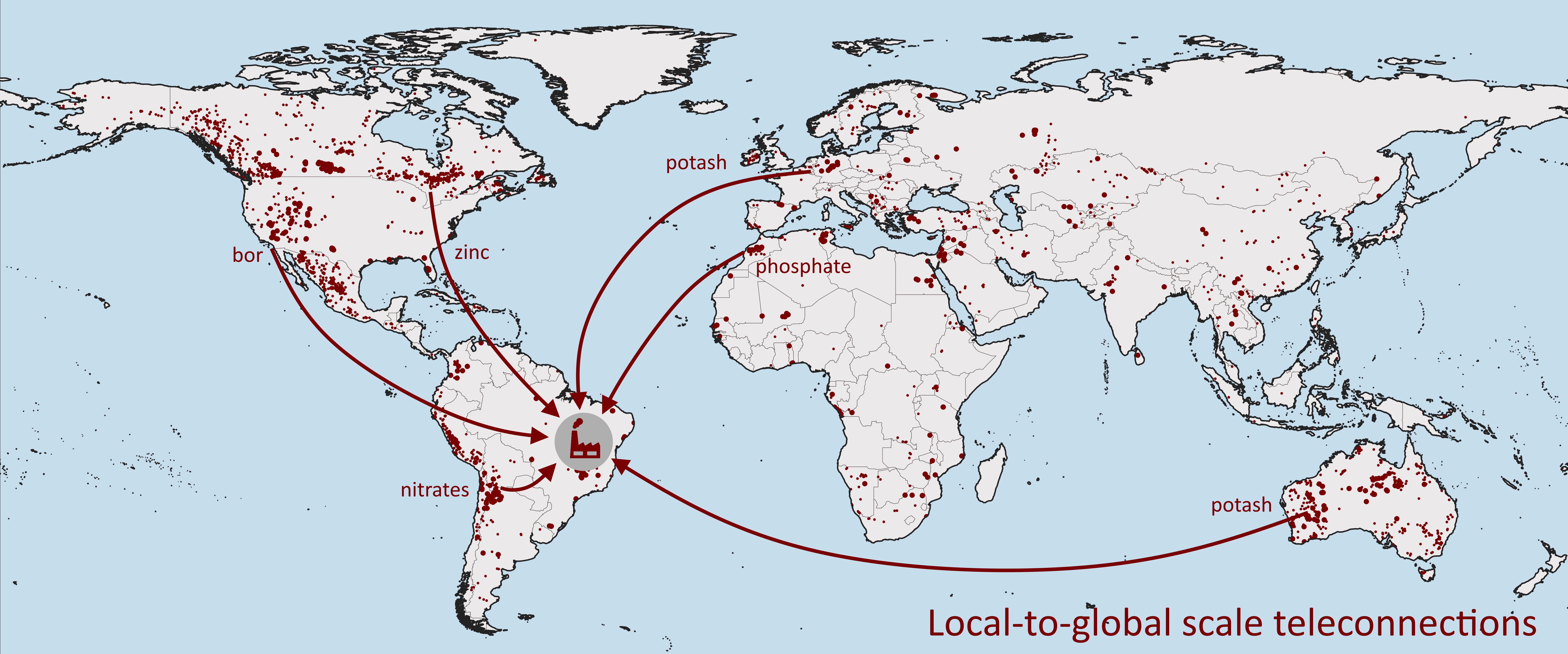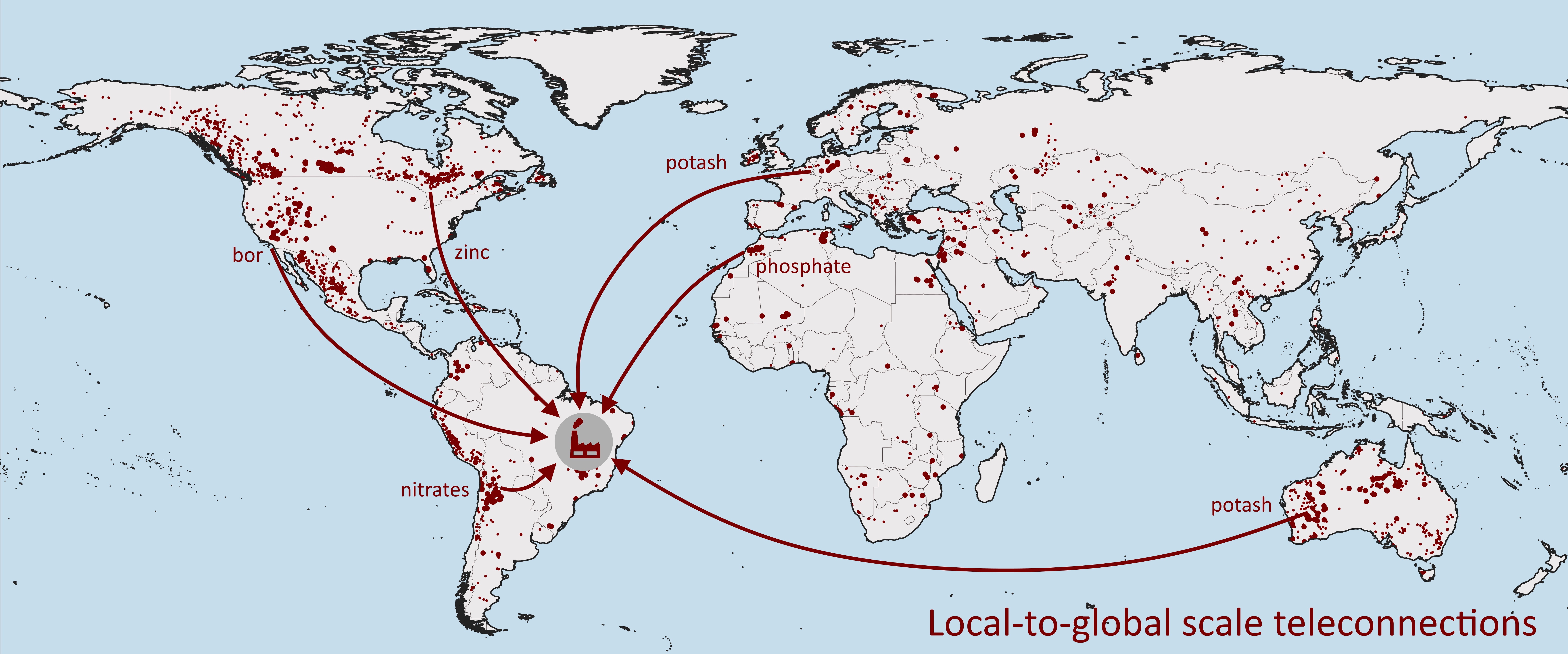In order to answer how the water availability for electricity production influences the global energy transition, the ecological water footprint has been further developed into a spatially explicit evaluation method for the comparison of process-related water use as part of the WANDEL project.
The WANDEL project aims to answer the questions of whether the availability of water for power generation can accelerate the global energy transition or hinder it. Sustainable technologies in electricity production often focus on reducing the carbon footprint, while neglecting other adverse effects on the environment. One possible environmental impact is the contribution to regional water scarcity. Solar thermal power plants in the Moroccan desert are a good example here: water is required to clean desert dust from the solar panels, while some older power plants are even cooled with water. In water-scarce regions, however, water is a valuable upon which many users depend, particularly local residents and agriculture. The water footprint is a promising tool for determining and comparing the life cycle water consumption of different systems at local and regional levels against the background of regional water availability. In the WANDEL project, this tool has been refined into the water scarcity footprint, a life cycle assessment procedure for process-related water consumption with a spatially explicit assessment of the entire supply chain against the background of regional water scarcity. The method can be used wherever specialist knowledge about the life cycle assessment and information about process-related water consumption is available and needs to be evaluated. The determined results can help to identify water use hotspots along global supply chains and find potential for optimisation.



